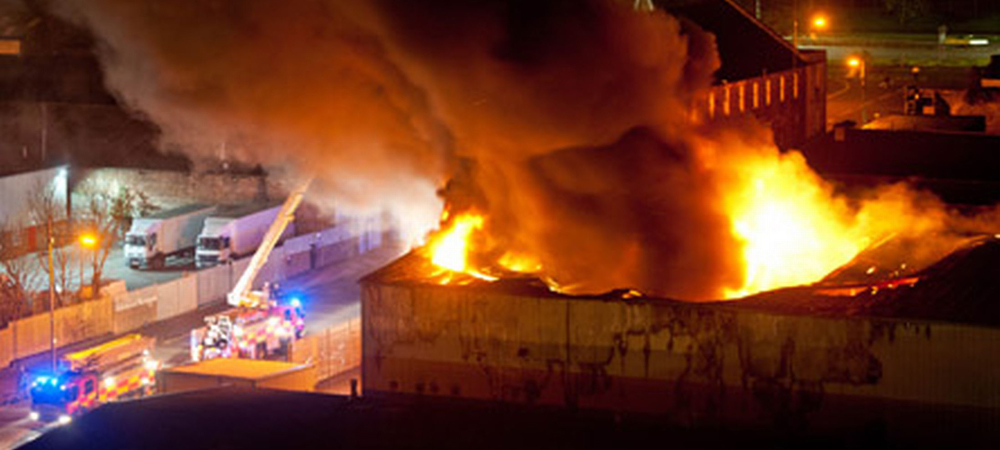With an increasing number of fires occurring at waste and recycling facilities across the UK, there’s a growing need for firms to take a more proactive approach to their fire risk management and to develop more sophisticated disaster recovery plans.
To help, here are five questions to ask yourself…
1. Does the Current Best Practice Work for You?
Pollution Prevention Guidance’s (PPG29) recommendations focus almost exclusively on combining maximum stack sizes and minimum separation distances. Do you have the yard space to give over to the empty zones required? And are your storage needs predictable enough that you can easily manage the stack heights?
2. Have you Considered a Physical Fire Break?
High-quality, free-standing physical fire breaks can both reduce the risk of fires spreading and allow you to make more effective and efficient use of your site through larger material stacks. You can use space which would otherwise have had to be left clear and by using freestanding blocks as fire breaks, can avoid the costs and inconvenience of permanent foundations.
3. What are the Other Benefits?
The use of physical fire breaks is already being received positively by many in the insurance sector too, with both reductions in premiums, and continuation of cover when there was previously some doubt being reported.
4. Why is it Important to use High Quality Concrete?
Unlike steel or timber, concrete has the lowest rate of temperature rise across a surface, and through the cross-sections of concrete, internal zones don’t reach the same high temperatures as a surface exposed to flames. Put simply, concrete doesn’t add to a fire’s fuel load, and very few other materials can argue the same.
5. What Next?
We believe that the time is absolutely right for new guidelines to be developed, but until then we’re urging waste and recycling businesses to consider the use of physical fire breaks as part of their armoury in the war against fire.









